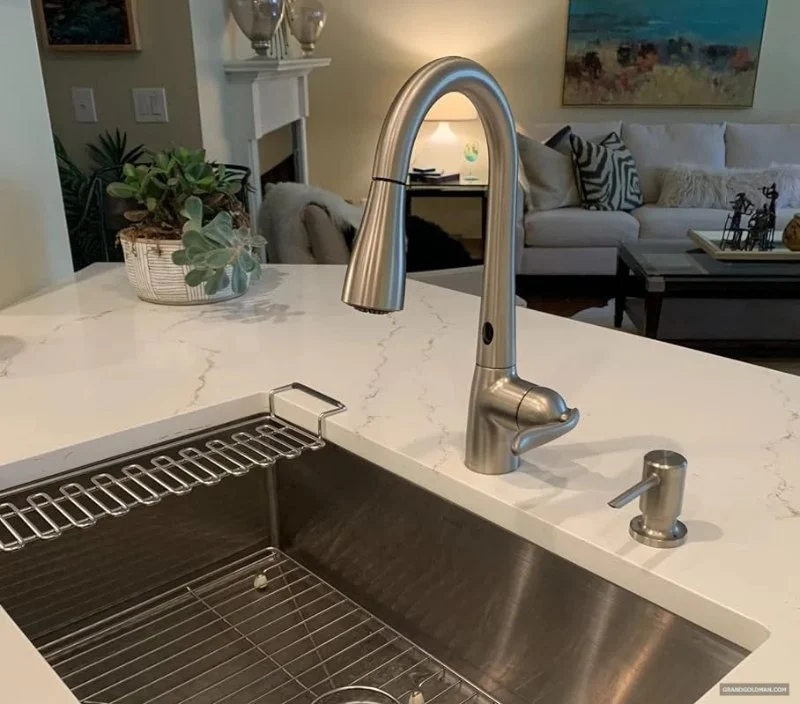
How to Choose the Best Faucet for Water Savings
- Why Water-Saving Faucets Matter
- Understanding Flow Rates and Certifications
- Types of Water-Efficient Faucets
- Factors to Consider When Choosing a Faucet
- Real-Life Examples of Water Savings
- Find Quality Water-Saving Faucets at Plumbers Supply Hub
1. Why Water-Saving Faucets Matter
Water conservation isn’t just an environmental concern—it’s also a financial one. In most American households, faucets account for nearly 15% of daily water use. By upgrading to a water-saving faucet, you can significantly reduce both your utility bills and your ecological footprint. Modern faucet designs use smart engineering to maintain strong water pressure while using less water overall, making them both efficient and comfortable to use.
Additionally, many cities offer rebates for homes that install certified water-efficient fixtures. That means choosing the best faucet for water savings can have immediate and long-term benefits for homeowners, renters, and businesses alike.
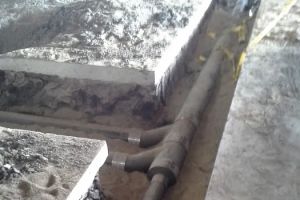
GLPS Plumbing & Mechanical Srvs.
CommerceLos Angeles CountyCalifornia
2355 Cowlin Ave, Commerce, CA 90040, USA
2. Understanding Flow Rates and Certifications
When shopping for a new faucet, understanding flow rates is essential. Standard faucets typically release water at about 2.2 gallons per minute (GPM). Water-efficient faucets, however, often operate at 1.5 GPM or even less, saving thousands of gallons of water per year without sacrificing performance.
Look for certifications such as:
WaterSense: A program backed by the U.S. Environmental Protection Agency (EPA), this certification guarantees a faucet uses at least 20% less water than standard models.
NSF/ANSI Standards: These confirm the faucet meets safety and performance guidelines, ensuring clean, safe drinking water.
Low Lead Certification: This is crucial for health and compliance with federal drinking water regulations.
Choosing a WaterSense-certified faucet is one of the easiest ways to ensure both efficiency and reliability in your home’s plumbing system.
3. Types of Water-Efficient Faucets
Not all faucets save water in the same way. Understanding the main categories will help you select the right model for your space:
1. Aerated Faucets: These mix air with water, creating a smooth, high-pressure flow that feels strong but uses less water.
2. Laminar Flow Faucets: Ideal for healthcare or high-hygiene environments, these produce a clean, non-splashing stream without air mixing.
3. Sensor-Activated Faucets: Commonly seen in commercial restrooms, these automatically shut off when not in use, drastically reducing waste.
4. Dual-Flow Faucets: These allow users to switch between standard and water-saving modes depending on the task, such as rinsing or filling pots.
Each type caters to different needs—kitchens may benefit from dual-flow models, while bathrooms often perform best with aerated or touchless faucets.
4. Factors to Consider When Choosing a Faucet
When selecting the best faucet for water savings, consider more than just appearance. Here are some key elements to evaluate:
Material and Durability: Solid brass or stainless steel constructions last longer and resist corrosion better than cheaper alloys.
Design Compatibility: Ensure the faucet matches your sink configuration (single-hole, centerset, or widespread).
Ease of Maintenance: Faucets with replaceable aerators or cartridges are easier to clean and repair.
User Convenience: Features like motion sensors or temperature control can enhance comfort while maintaining efficiency.
One homeowner in California shared that switching to a WaterSense-certified kitchen faucet reduced their water bill by 18% over six months, simply because the new model optimized flow without losing power.
5. Real-Life Examples of Water Savings
Consider the city of Austin, Texas, which implemented a rebate program for households installing low-flow faucets. Over five years, the initiative saved more than 200 million gallons of water annually—enough to supply over 2,000 homes. On a smaller scale, a Chicago café that upgraded all its handwashing stations to sensor-activated faucets reported cutting its monthly water usage by nearly one-third.
These examples prove that thoughtful faucet selection isn’t just a personal benefit—it’s a step toward sustainable living that contributes to community conservation efforts.
6. Find Quality Water-Saving Faucets at Plumbers Supply Hub
When it comes to finding the right faucet, the options can feel endless. That’s why Plumbers Supply Hub is a go-to destination for homeowners, contractors, and designers alike. They offer an extensive selection of water-saving faucets that blend performance, style, and sustainability. Whether you need a sleek modern fixture for your kitchen or a durable commercial-grade option for your business, you’ll find the perfect fit.
Beyond just products, Plumbers Supply Hub also provides expert advice and installation guidance, helping you maximize water efficiency while keeping your home’s aesthetic intact. Choosing the right faucet is more than a design decision—it’s a commitment to smarter, greener living.


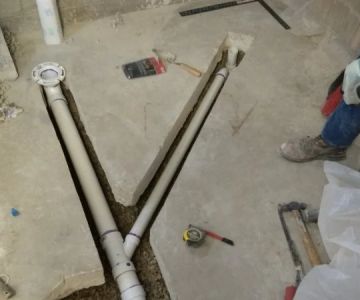





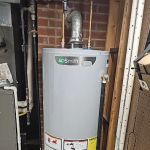 Hermitage Plumbing4.0 (17 reviews)
Hermitage Plumbing4.0 (17 reviews)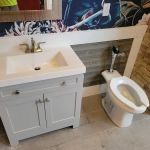 Vision Plumbing LLC5.0 (5 reviews)
Vision Plumbing LLC5.0 (5 reviews) Loves Plumbing and Sewer4.0 (56 reviews)
Loves Plumbing and Sewer4.0 (56 reviews) Premier Van Nuys Plumber5.0 (10 reviews)
Premier Van Nuys Plumber5.0 (10 reviews)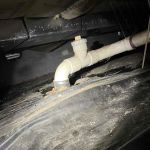 Patriot Services- Plumbing & HVAC Contractor4.0 (12 reviews)
Patriot Services- Plumbing & HVAC Contractor4.0 (12 reviews) Carlos the Plumber5.0 (6 reviews)
Carlos the Plumber5.0 (6 reviews)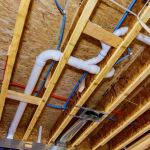 How to Properly Route Plumbing for a New Appliance
How to Properly Route Plumbing for a New Appliance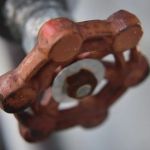 How to Replace a Valve Stem That Won’t Turn
How to Replace a Valve Stem That Won’t Turn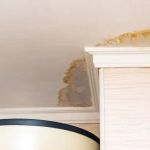 How to Locate Hidden Water Leaks in Walls or Ceilings: Tips for Homeowners
How to Locate Hidden Water Leaks in Walls or Ceilings: Tips for Homeowners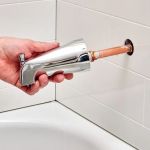 How to Replace a Bathtub Spout with Diverter
How to Replace a Bathtub Spout with Diverter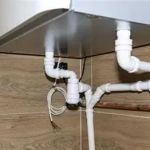 How to Repair a Condensation Issue on Cold Pipes
How to Repair a Condensation Issue on Cold Pipes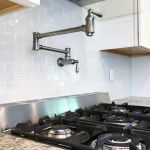 How to Install a Pot Filler Faucet in the Kitchen: A Step-by-Step Guide
How to Install a Pot Filler Faucet in the Kitchen: A Step-by-Step Guide